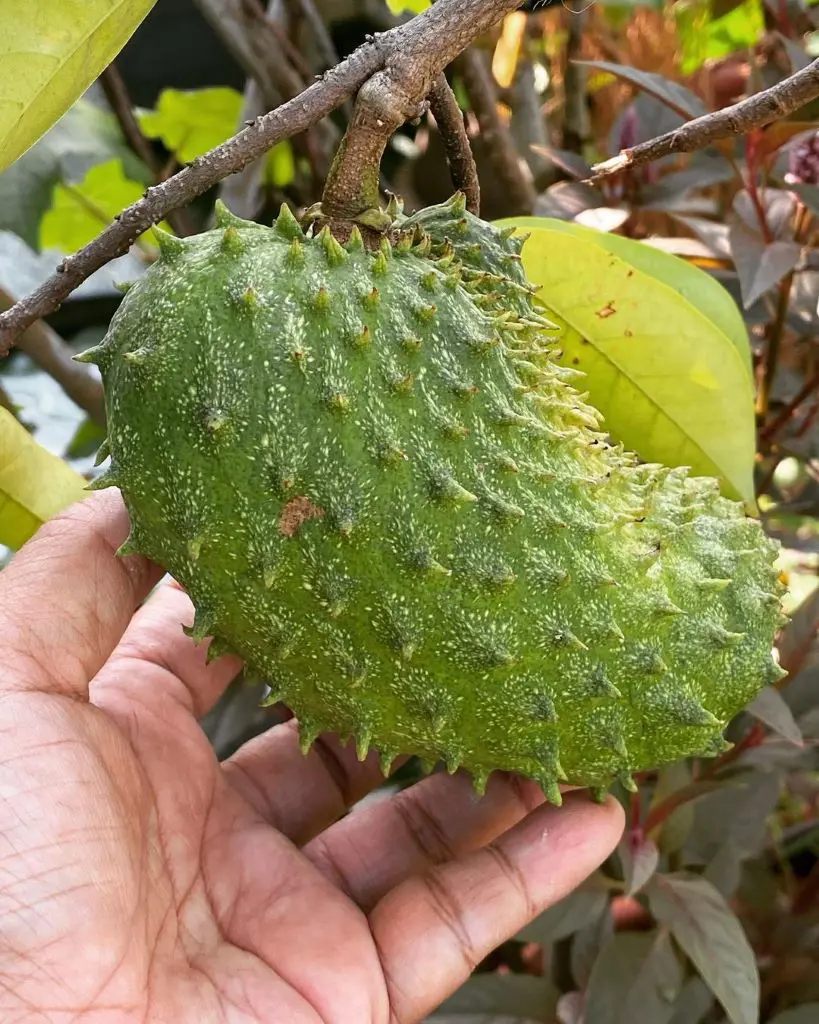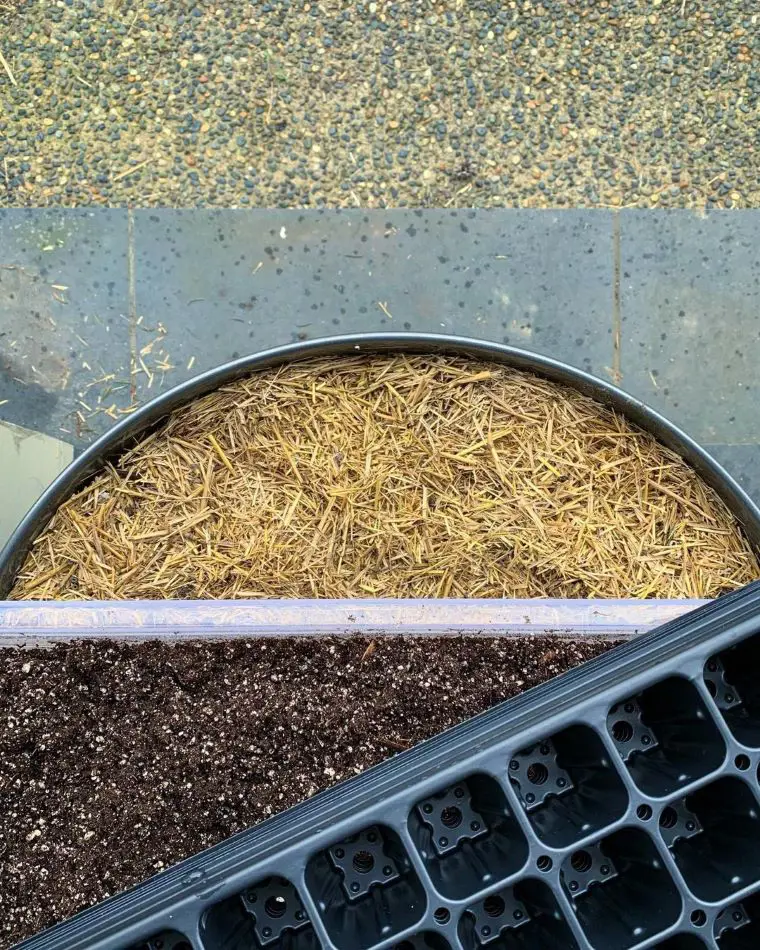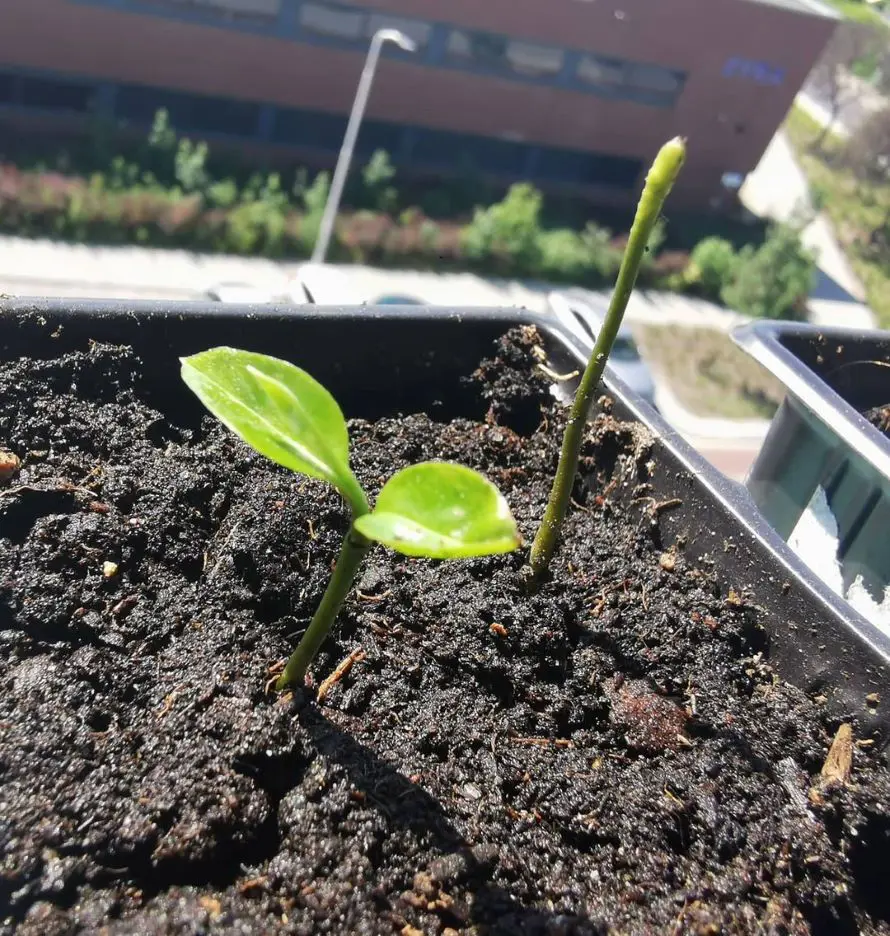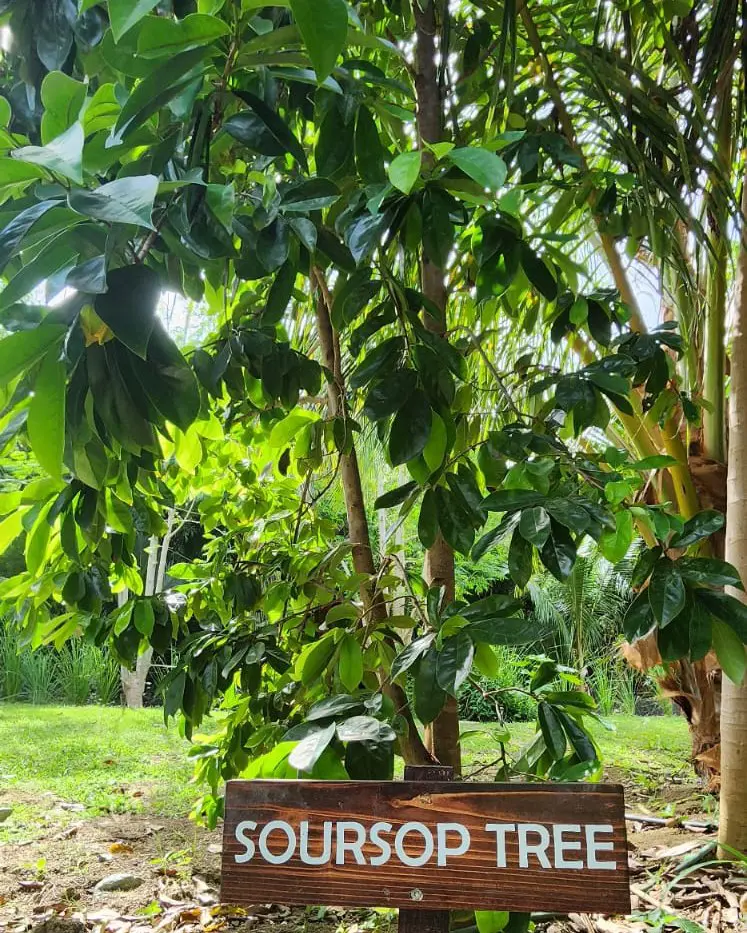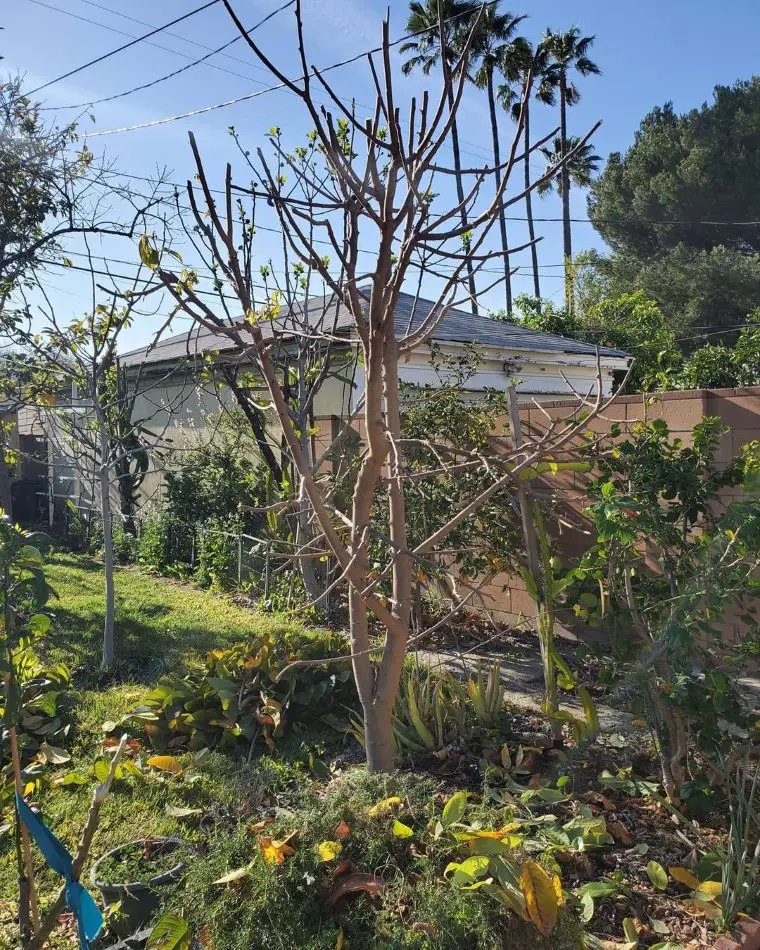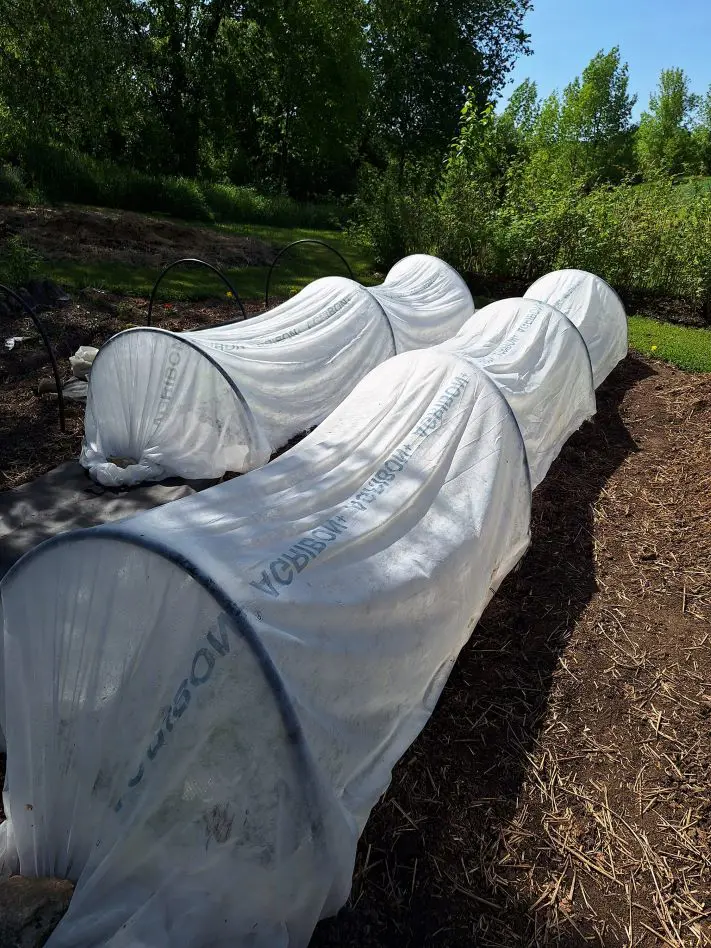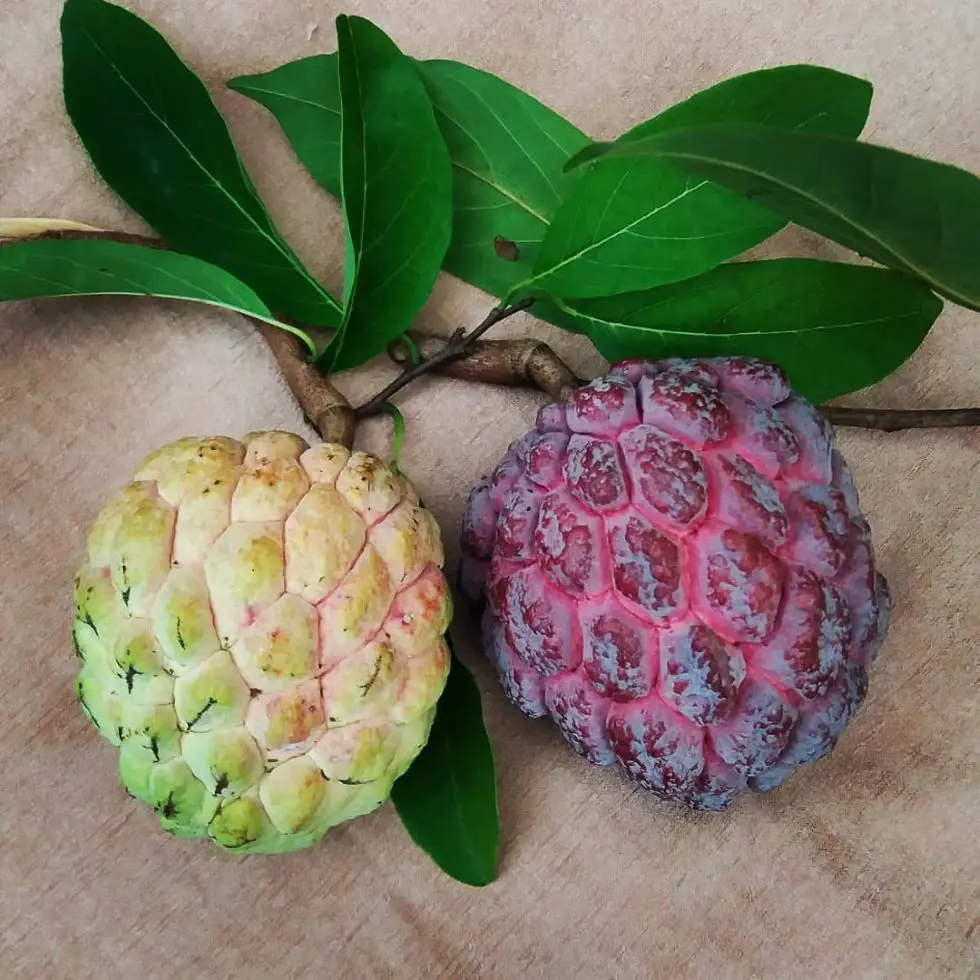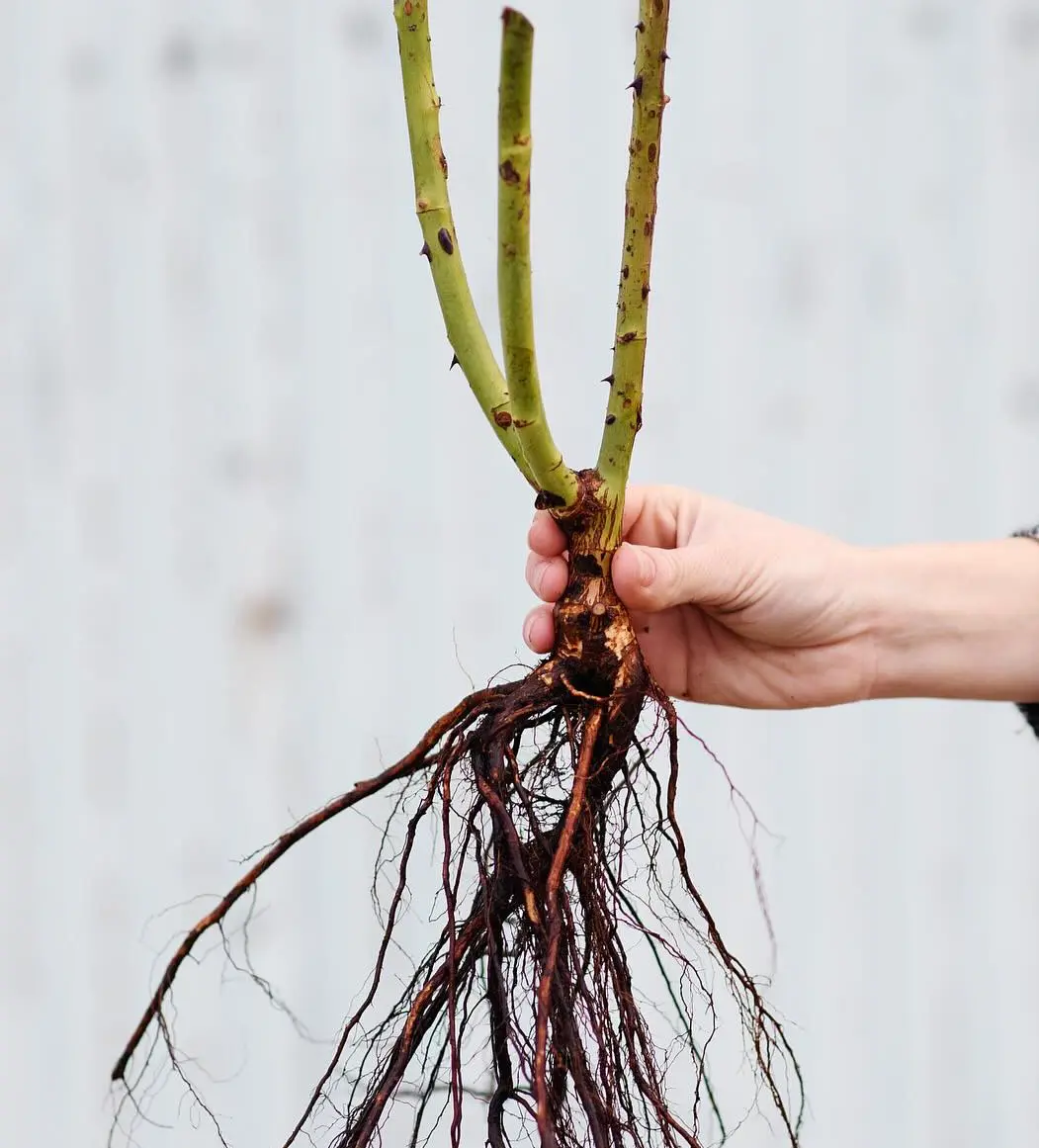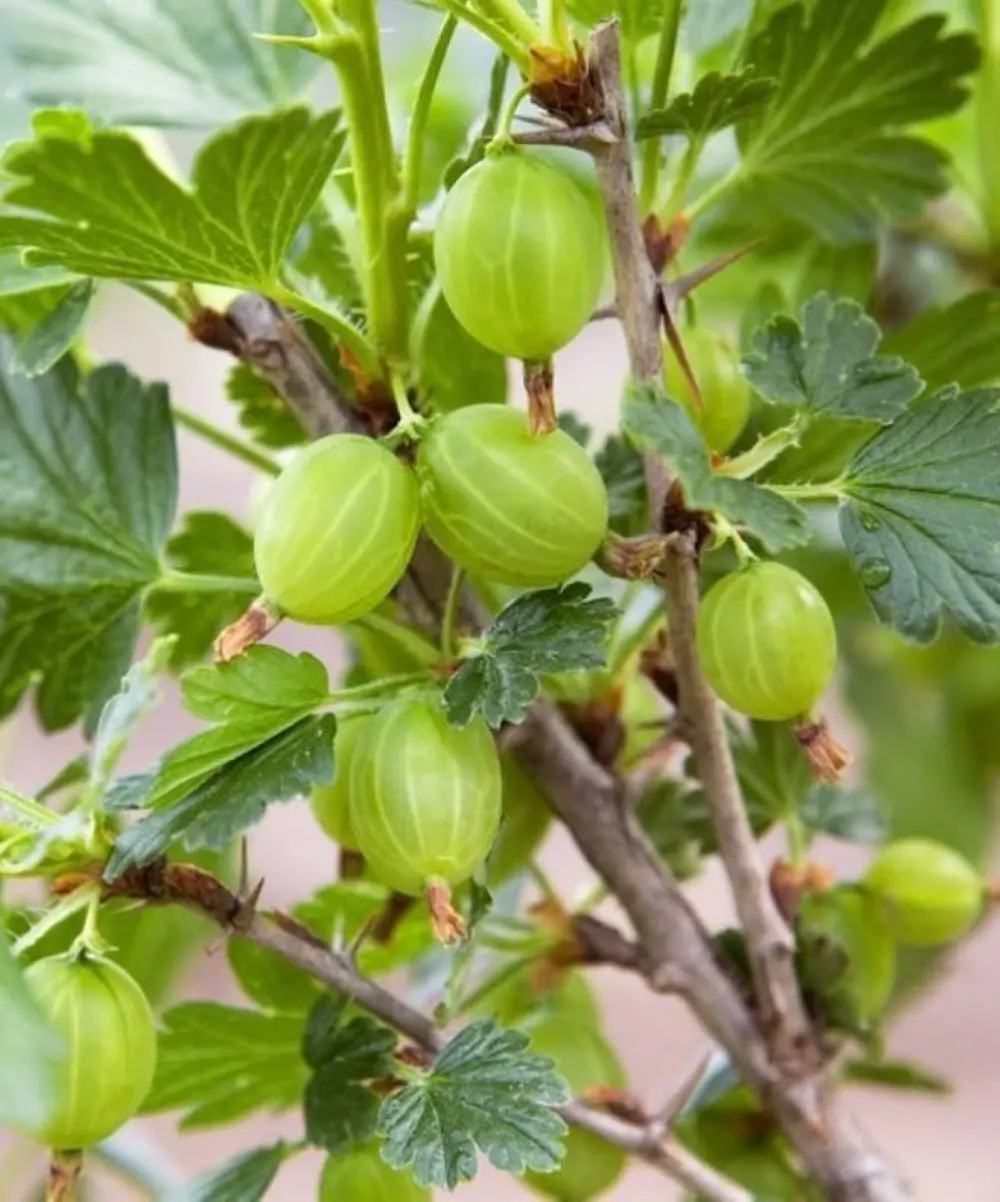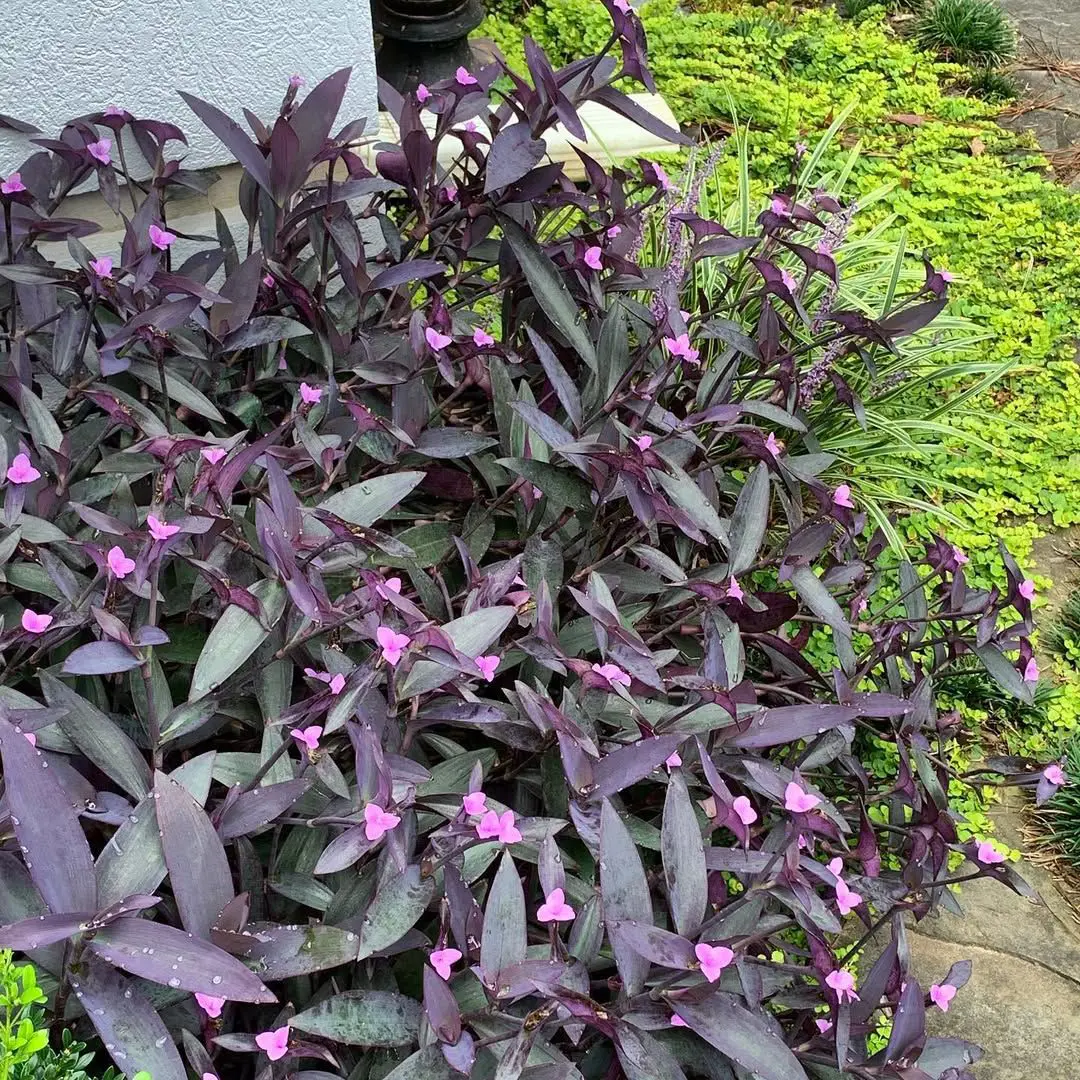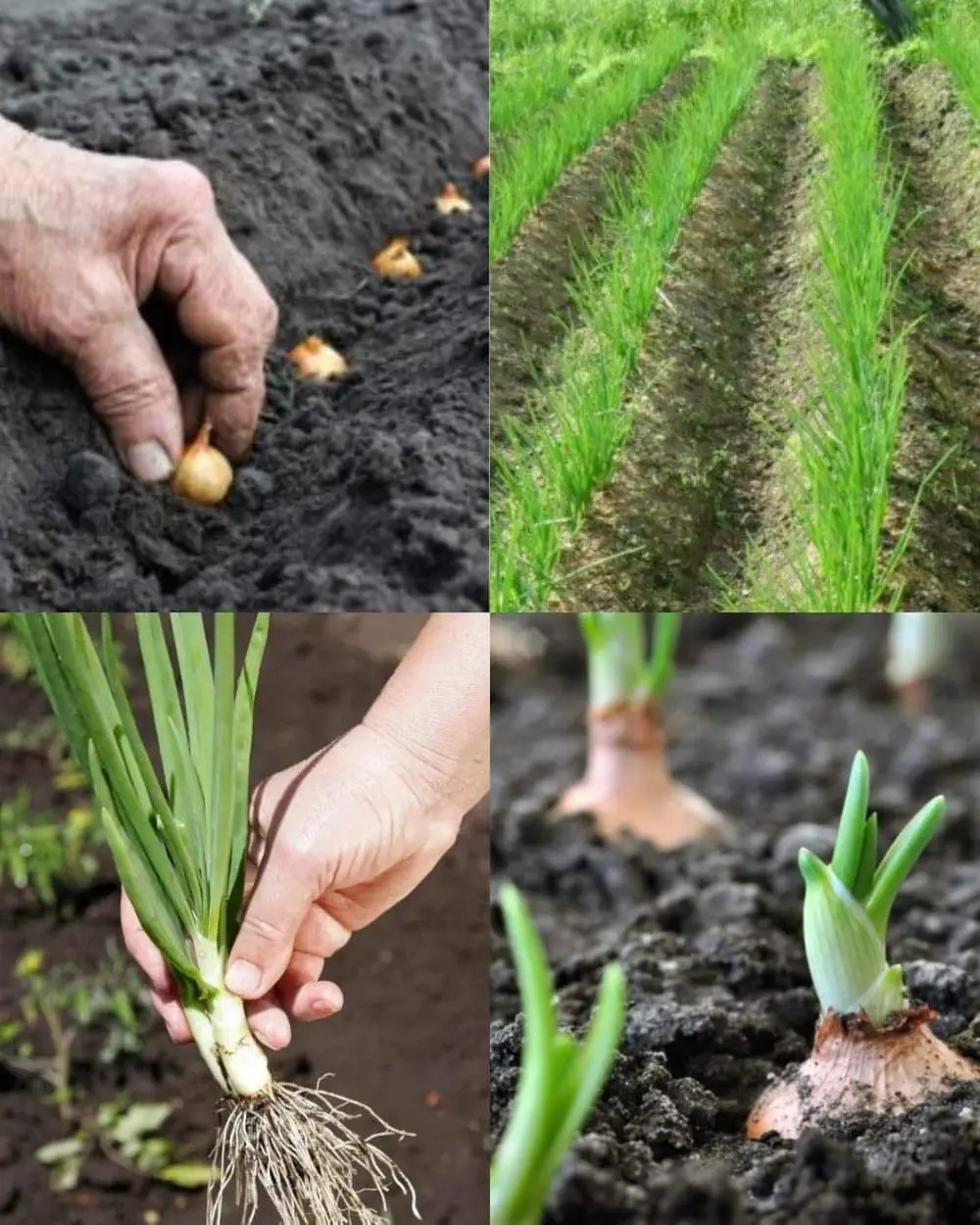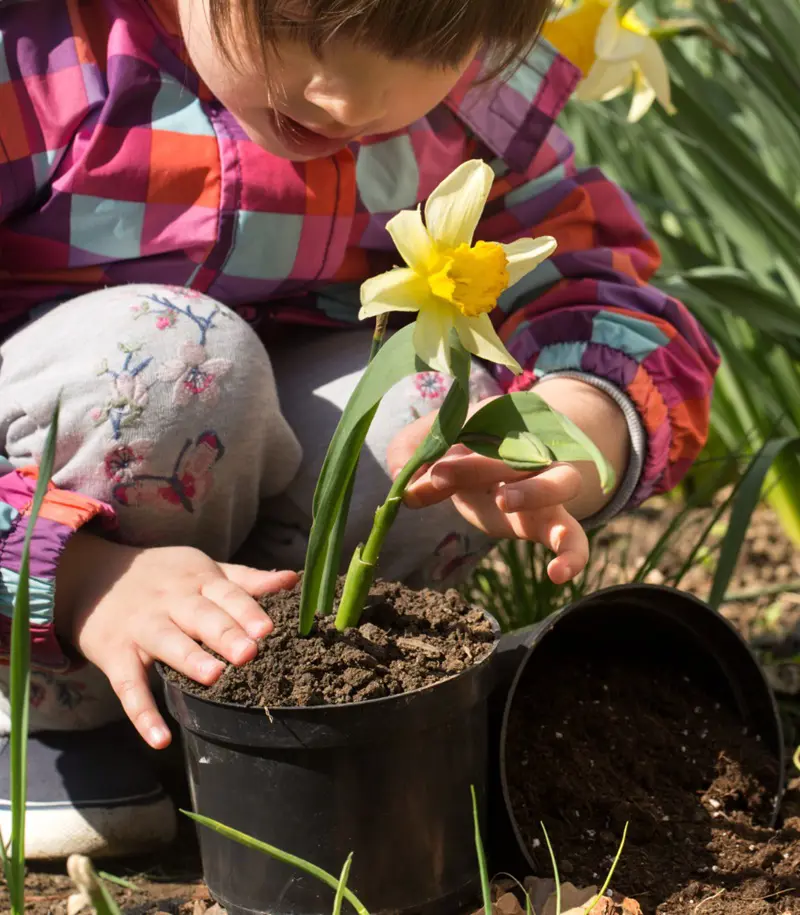Where & When To Plant Soursop?
Soursop (Annona muricata), also known as graviola or guanabana, is a tropical fruit tree native to the Caribbean and Central America. It thrives in warm, humid environments and can be successfully grown in USDA zones 10-11.
The best time to plant soursop is during the rainy season, which ensures the young trees receive ample water to establish their root systems.
Light
Soursop trees require full sun to produce abundant fruit. They should be planted in a location that receives at least 6-8 hours of direct sunlight daily. Adequate sunlight is crucial for the tree’s growth, flowering, and fruiting.
Insufficient light can lead to poor growth and reduced fruit yield. When planting soursop, choose a site that is not shaded by other trees or structures to ensure they receive optimal sunlight exposure.
Spacing
Proper spacing is essential to allow soursop trees enough room to grow and spread their branches. Plant soursop trees at least 15-20 feet apart to accommodate their mature size, which can reach up to 30 feet in height and 20 feet in width.
Adequate spacing ensures good air circulation, reducing the risk of fungal diseases and allowing easy access for maintenance and harvesting. Crowded conditions can lead to competition for nutrients and water, affecting the overall health and productivity of the trees.
Soil
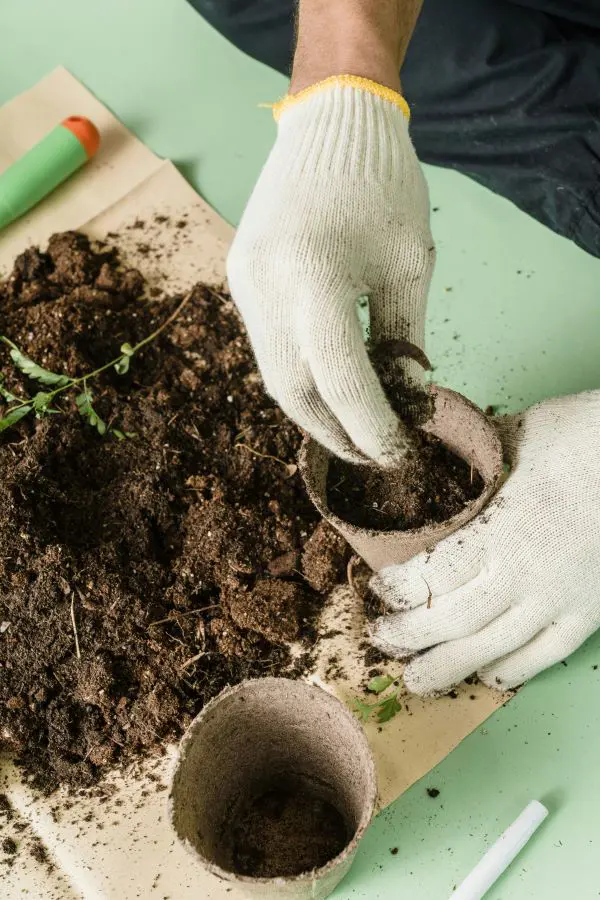
Soursop trees prefer well-draining, sandy loam soils rich in organic matter. The ideal soil pH for soursop is slightly acidic to neutral, ranging from 5.5 to 7.5. Good drainage is crucial to prevent waterlogged conditions, which can cause root rot and other issues.
To improve soil fertility and structure, incorporate compost or well-rotted manure before planting. Mulching around the base of the tree can help retain soil moisture, regulate temperature, and suppress weed growth.
Planting Time
The best time to plant soursop is at the beginning of the rainy season when the soil is moist and conducive to root development. This timing varies depending on the region but generally falls in the spring or early summer months. Planting during this period ensures the young trees receive consistent rainfall, which is essential for establishing a strong root system.
If planting during the dry season, provide regular irrigation to keep the soil consistently moist but not waterlogged. Once established, soursop trees require less frequent watering, but it’s essential to maintain adequate soil moisture during flowering and fruiting stages to ensure healthy fruit development.
